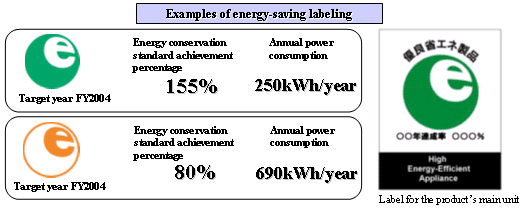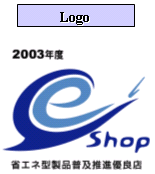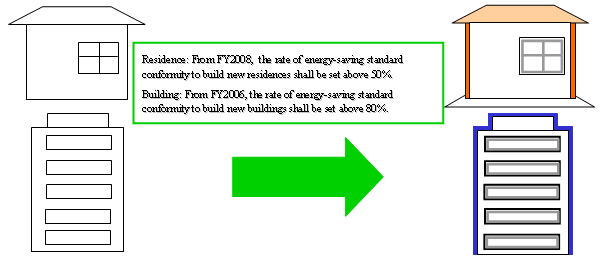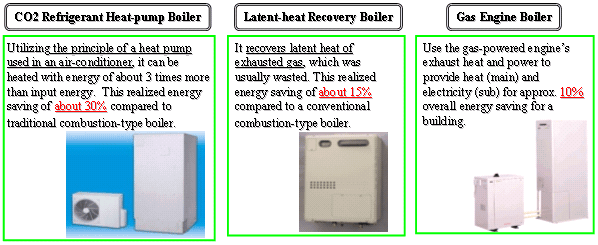II-2(2). Energy Conservation Measures for
the Commercial/Residential Sector
Energy-Saving Labeling System
Energy-Saving Labeling System
- The energy-saving labeling system has been introduced to inform consumers of energy efficiency of home appliances and promote energy efficient products.

electric refrigerators/freezers, space heaters, gas cooking appliances, gas water heaters, oil water heaters and electric
toilet seats. The application is expanded to include computers, magnetic disk units and transformers in May 2004.


